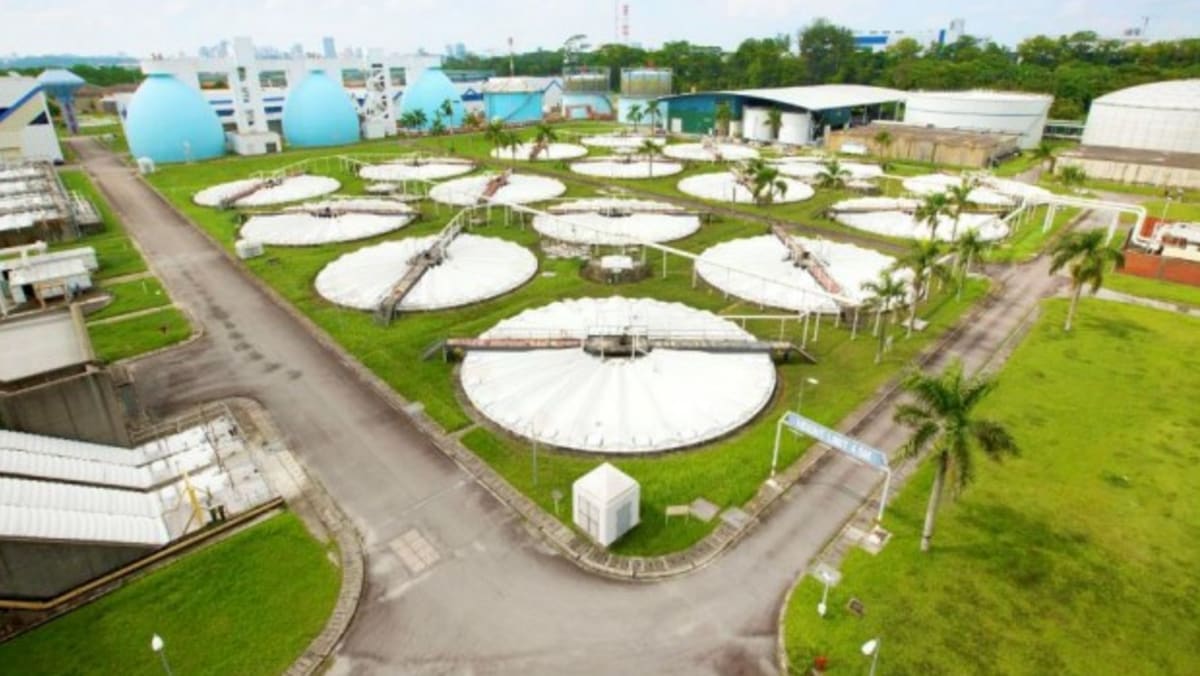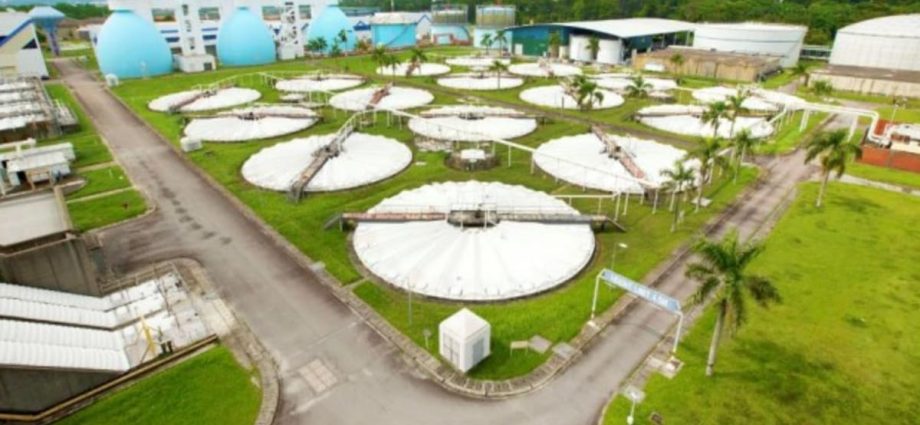
REALIGNMENT OF RAIL CORRIDOR
The realignment of the Rail Corridor facilitated plans to make the Kranji node a northern gateway into the Rail Corridor and it also “freed up a sizeable contiguous parcel of land” around the former KTM railway to be “optimally planned and redeveloped” to meet future needs.
PUB and URA said that agencies will strengthen the ecological connectivity of the realigned Rail Corridor with “enhanced planting and study measures such as landscaping strategies”.
This will integrate the Rail Corridor with the green provisions and “landscapes of future developments” to make it functionally wider where possible.
The National Parks Board (NParks) is also studying ways to enhance the ecological connectivity along Sungei Pang Sua and along Sungei Mandai to the Mandai mangrove and mudflat.
ASSESSING ENVIRONMENTAL IMPACT OF REDEVELOPMENT
The consultant for professional engineering services that PUB is seeking to appoint will need to carry out a detailed assessment to assess the potential environmental impact of the redevelopment.
It will also need to conduct a heritage study of the former KTM railway alignment and the former Kampong Wak Selat and cemetery at the site.
Both findings will “be considered, and mitigation measures to minimise the environment impact will be developed and implemented during the construction and operation of the project”, said PUB and URA.
The authorities added that nature group representatives have been consulted early to help scope the environmental impact assessment to ensure a robust and comprehensive study.
Agencies had also gathered feedback from nature and heritage groups during briefings and site visits and the ecological connectivity of the area will continue to be enhanced as the project progresses, according to PUB and URA.
Additionally, agencies are also exploring options to commemorate the former KTM railway alignment, allowing the public to have a better appreciation of the historical significance of the site.
“In strengthening Singapore’s water resilience, we aim to strike a good balance between optimising land use and the need to protect the environment,” said PUB and URA.

